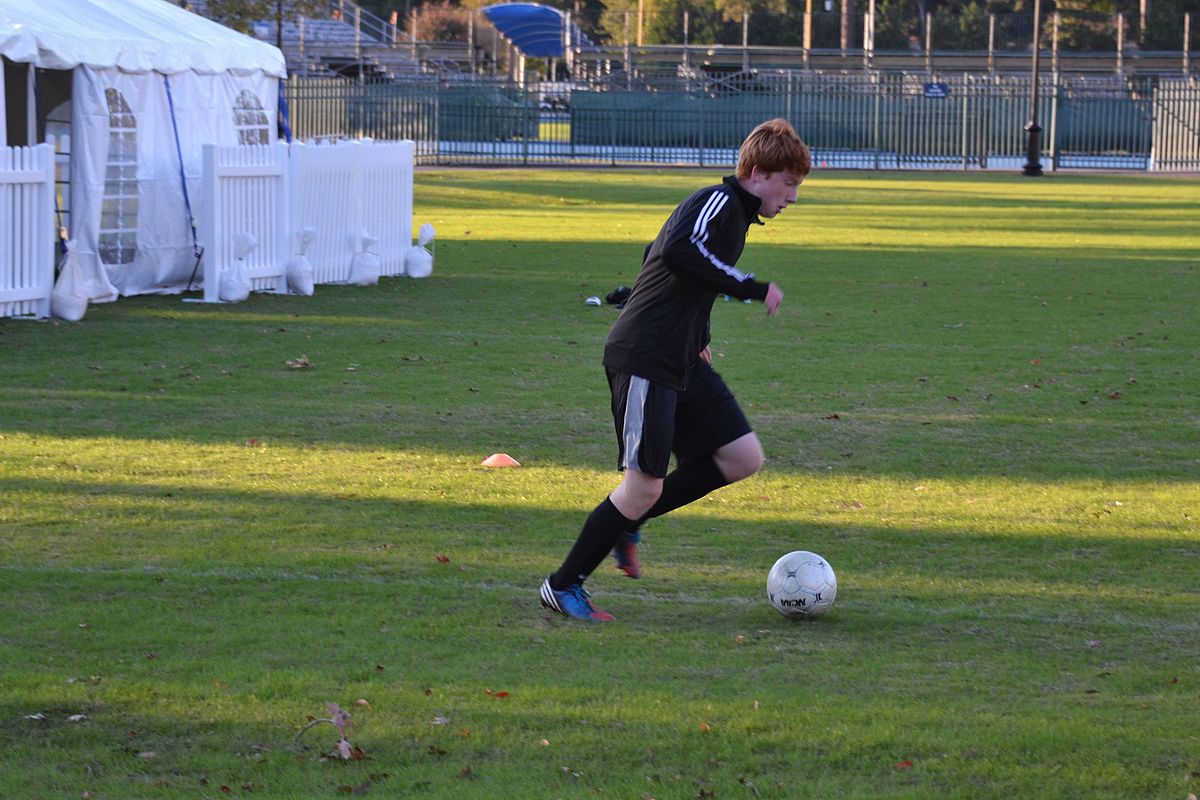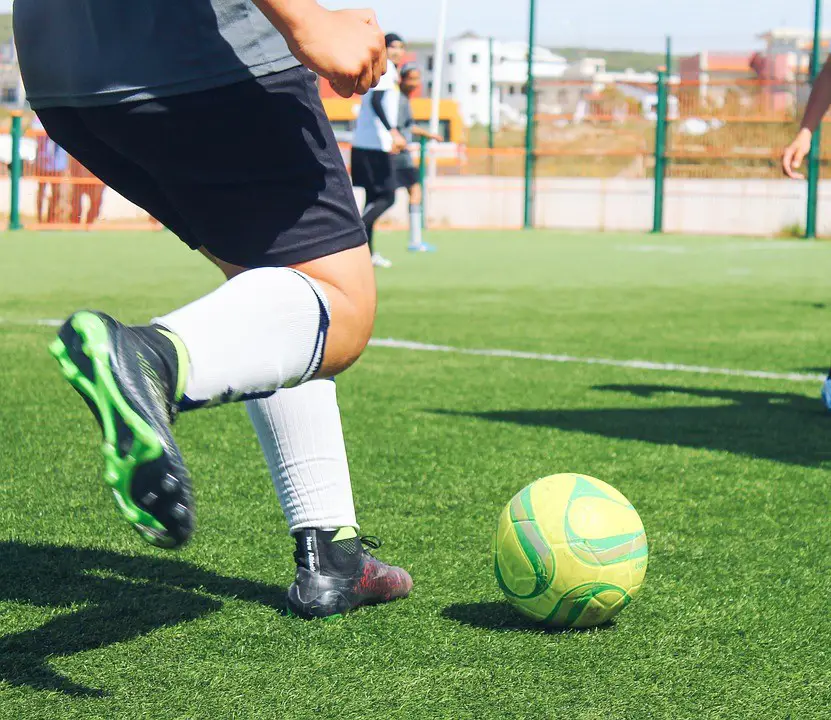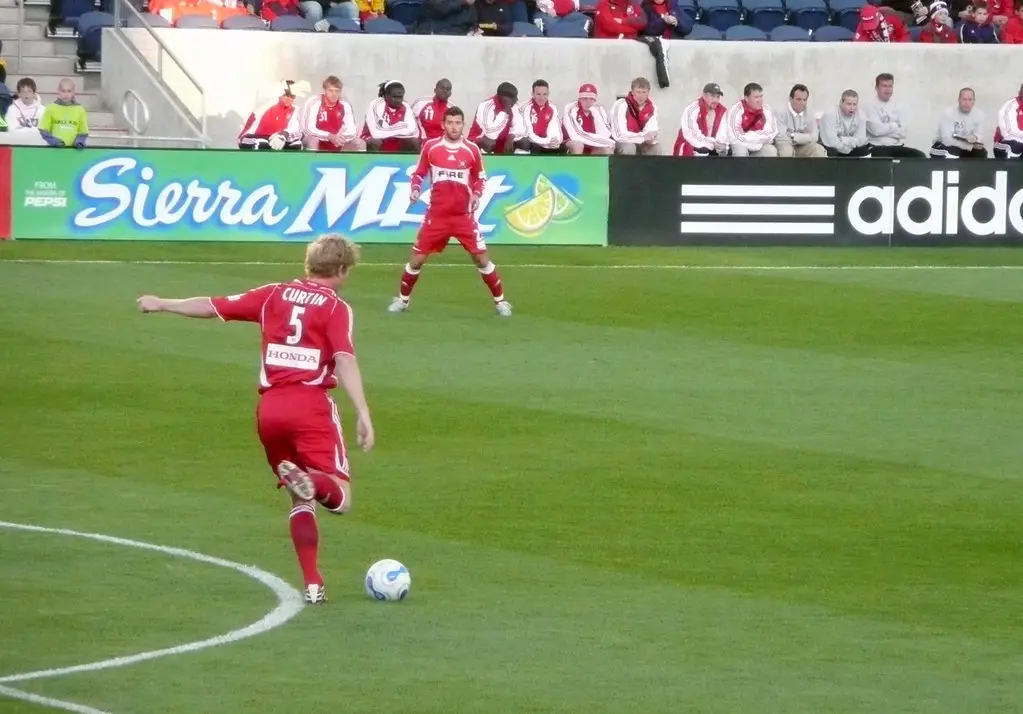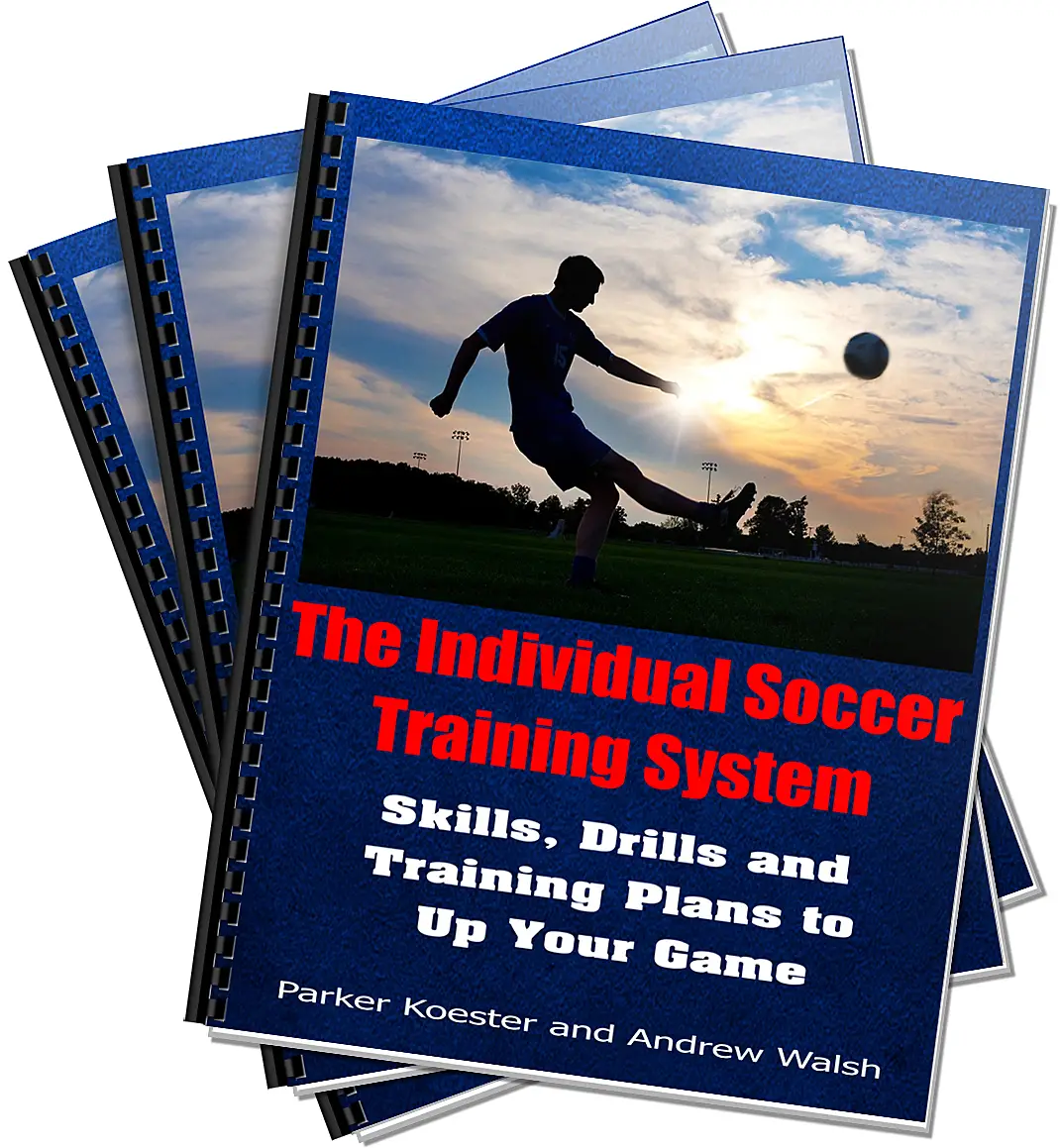Playing soccer successfully requires a certain set of skills from every player, regardless of your position.
While some players have the benefit of extensive natural gifts, others may require more repetitions and practice time to get there.
The good news is that with some practice and determination, learning the most fundamental soccer skills can be relatively achievable for nearly every player.
In this article, we will explore six basic soccer skills that are required to excel in the game of soccer. This can be helpful if you are new to playing soccer, or if you just haven’t played for a while. Read on to find out more.
4 Basic Soccer Skills Required To Play
- Passing
Passing the ball is one of the first things you will learn as a new player. Passing is taught from a young age and at its most basic level is kicking the ball from one player to another. (At more advanced levels passing reaches whole new levels of complexity with countless varieties.)
The idea behind this basic soccer skill is that it teaches individuals to work together as a team. It is important that players can confidently pass the ball to one another quickly as this is the quickest way that a team can move the ball and get it out of danger and into the final third.
Learning how to pass a ball involves using different surfaces and also both feet. It is a good idea to practice this basic soccer skill with other teammates if possible. If you want to practice passing the ball alone, kicking the ball against the wall is a great way to fine tune your technique.
For more details on how to pass the ball, take a look at our article how to get better at passing
- Dribbling
Learning how to dribble allows players to run with the ball up and down the field easily and attack the space that is available. While dribbling may sound easy, it is much harder to do when there are other players around. The key to successful dribbling is to keep the ball close to your body. This is essential in such a fast-paced environment where quick changes are certain.
But you also want to make sure that you don’t dribble too much in dangerous areas like in your own penalty box. And also remember that passing to your teammates is a quicker way to move the ball around.
This skill again involves both feet and multiple surfaces. One key is to keep the ball close to your body as you move. Once you get the hang of dribbling, your speed will gradually increase over time.
A good exercise is to lay out small cones and dribble the ball between them in a snaking motion. This will help you gain control over the ball and soon, you will find you can move quickly and confidently with the ball close to your body.
For more on this crucial skill, take a look at our article on the best dribbling drill for all levels.
-
- Shooting
 Successfully shooting the ball brings with it a chance of scoring a goal. Therefore, this is a skill that you will probably want to make sure you work on! Shooting involves a powerful kick paired with accuracy and control. You may think that you need a full size goal and a goalkeeper to truly practice your shooting, but this is not the case. Read our article on how to practice shooting by yourself at home to learn how you can improve your shooting in any setting.
Successfully shooting the ball brings with it a chance of scoring a goal. Therefore, this is a skill that you will probably want to make sure you work on! Shooting involves a powerful kick paired with accuracy and control. You may think that you need a full size goal and a goalkeeper to truly practice your shooting, but this is not the case. Read our article on how to practice shooting by yourself at home to learn how you can improve your shooting in any setting.
- Shooting
- Receiving Learning how to receive the ball is just as important as learning to pass it. Not only does this basic soccer skill require physical ability, but also concentration and awareness. Receiving is crucial because it allows you to bring the ball under control so you can make your next move, whether that be a dribble, shot or pass. (So you can see how this skill combines with the others we have already talked about.) Receiving can be done with your feet (inside, outside and sole) but also your chest, thighs and even head in some situations. Another important aspect of receiving the ball is making sure you do it across your body rather than closing yourself off and failing to see the rest of the field.

Conclusion
A game of soccer is nothing without the basic soccer skills. Once you have become comfortable with passing, receiving, and dribbling the ball, you can move on to more complicated techniques and also start to improve your tactical understanding and positioning since you have the confidence your core skills won’t let you down.







Leave a Reply